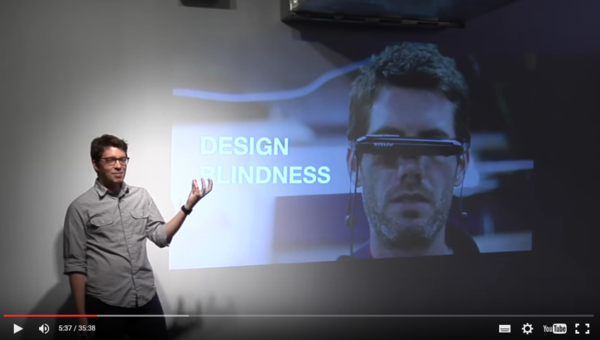Few Months ago, I performed a webinar about Design Optimization and it was one of the most successful webinar I ever performed. Hundreds of engineers registered and participated to this live event (I received more than 30 questions about design optimization directly to my inbox).
–> Recording is available here if you are interested.
Not surprisingly, as engineers we all love to optimize things and I think the most important is to know that we are doing the best technically reasonable decisions about the projects we are working on.
It seems we all love to get this perfectly oiled mechanics that not only just works, but also optimize available material resources and contribute to make our company more profitable…It’s not always easy…It is even hard to find this kind of “Optimized Design” that perfectly fits all our requirements.
If you are like many other engineers who design by experience, maybe you think you already have the best optimized design…but are you really sure about that?
I love this sentence from Braden Kowitz (Google Ventures):
“Designers may experience something called “Design Blindness”. When an idea comes to your head, it makes sense to your head, but it may not make sense to other people. Whenever you invent something, you become immediately the worst person in the world to evaluate whether or not it’s a good or a bad idea”
You can watch this very interesting video about design failure here
Let me offer 3 suggestions:
- Get critiques early and often in the design process–I know this is not easy but that pain you experience is the difference between building a product that your friends and your circle of colleagues can use and a product that millions of people can figure out how to use
- Be open to failure, it is a part of the learning–It’s the way we close the gap between how we see the world and how our customer see the world and experiencing that pain is really the best way to get a great product.
- Find someone who help you fail fast– Everyone needs someone pushing you to fail fast so you learn quickly from your mistakes and you can improve.
So…How do you actually turn those 3 suggestions into something that will provide a real improvement in your design?
I have written more about this topic and I will send you soon more interesting info. But before I send you more, I would like to hear from you about your past design failures and how you managed all that?
Will you do me some favor and take 5 min to complete this short survey about Design failure?
Here are some comments of some engineers who already filled the survey:
“An API 650 tank designed with materials which were not cost effective. Gratings were used instead of chequered plates for spiral stairs. I used SA 106 GR B pipe for hand railing and roof support columns which could have been replaced with SA53B” — Tatal
“Optimization for one criteria causes problems for another ones (e.g. minimal mass vs. manufacturability)” –Cezary
“well I had many 🙂 the first time 11 years ago, when I did a structural analysis for volute of pump. my deformation results was twice that experimetal results, my fault was not verify the real mat. properties I used the manual mat properties. “–Miguel
–Cyprien
PS: The Survey will really just take you 5 min… Fill the survey Survey

